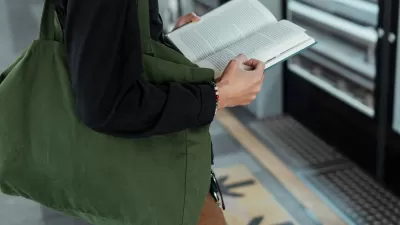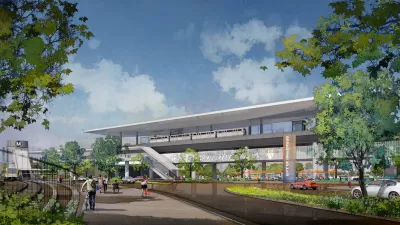New data on stadium development show that economic benefits fall way short of public investment.
"Just a few years ago, the corner of M Street and New Jersey Avenue was not somewhere you wanted to be after dark. It was part of Washington's notorious Southeast neighborhood, rife with drugs, crime and poverty. But today, about 30,000 baseball fans flock here 80 nights a year to watch the Washington Nationals play in their new $611 million stadium."
"While the neighborhood is certainly undergoing a renaissance, what's uncertain is how much credit should go to the ballpark. It's a question that has been debated countless times before, over other stadiums, but the historical evidence is pretty clear."
"Yes, stadiums do create high-paying construction jobs for a year or two. But the vast majority of long-term employment is low-wage concession jobs. A Congressional Research Service study of the Baltimore Ravens stadium found that each job created cost the state $127,000. By comparison, Maryland's Sunny Day Fund created jobs for about $6,000 each."
"Consider the New York Yankees, who have the highest payroll in baseball and take in more than $300 million a year just from their television network. They'll move into a new $1 billion stadium next year, about half of which was covered by the taxpayers. Seats behind home plate that cost $250 this year will be ten times that next year. The net result is that very few of the people who paid for the stadium will be able to afford a seat there."
FULL STORY: If You Build It, the Jobs Won't Come

Planetizen Federal Action Tracker
A weekly monitor of how Trump’s orders and actions are impacting planners and planning in America.

Maui's Vacation Rental Debate Turns Ugly
Verbal attacks, misinformation campaigns and fistfights plague a high-stakes debate to convert thousands of vacation rentals into long-term housing.

San Francisco Suspends Traffic Calming Amidst Record Deaths
Citing “a challenging fiscal landscape,” the city will cease the program on the heels of 42 traffic deaths, including 24 pedestrians.

Amtrak Rolls Out New Orleans to Alabama “Mardi Gras” Train
The new service will operate morning and evening departures between Mobile and New Orleans.

The Subversive Car-Free Guide to Trump's Great American Road Trip
Car-free ways to access Chicagoland’s best tourist attractions.

San Antonio and Austin are Fusing Into one Massive Megaregion
The region spanning the two central Texas cities is growing fast, posing challenges for local infrastructure and water supplies.
Urban Design for Planners 1: Software Tools
This six-course series explores essential urban design concepts using open source software and equips planners with the tools they need to participate fully in the urban design process.
Planning for Universal Design
Learn the tools for implementing Universal Design in planning regulations.
Heyer Gruel & Associates PA
JM Goldson LLC
Custer County Colorado
City of Camden Redevelopment Agency
City of Astoria
Transportation Research & Education Center (TREC) at Portland State University
Jefferson Parish Government
Camden Redevelopment Agency
City of Claremont




























